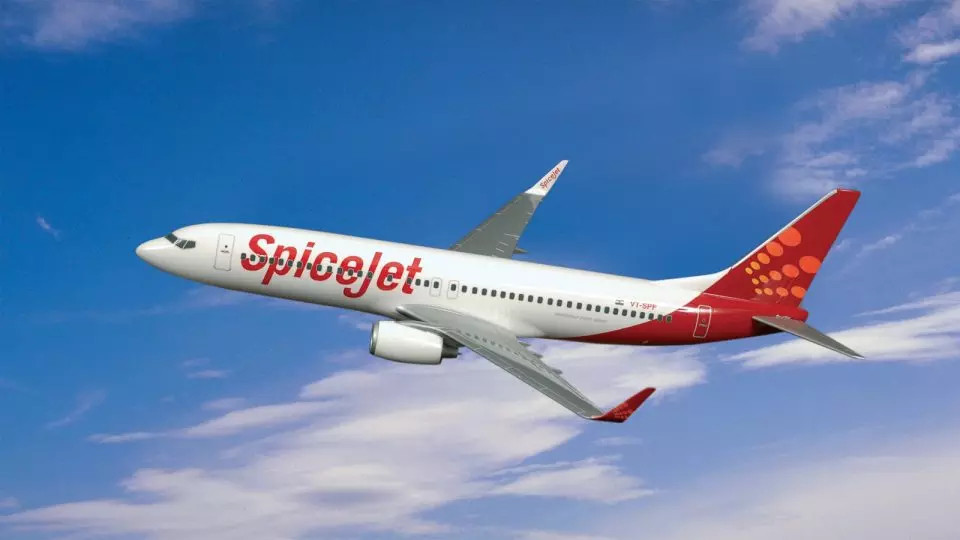
DGCA flags threat after instances of planes losing signals over Middle-East
The aviation industry is grappling with uncertainties due to new threats and reports of GNSS jamming and spoofing, said the regulator

Aviation watchdog DGCA has issued a circular to airlines and the Airports Authority of India (AAI) on measures to deal with threats from jamming and spoofing of the Global Navigation Satellite System (GNSS) amid reports of such interference in the Middle-East.
The development came in the aftermath of several reports in recent days that navigation systems of civilian aircraft are being spoofed when they fly over parts of the Middle-East. The DGCA advisory is aimed at alerting airlines of the exact nature of the threat and the ways to respond to it, as this is fast emerging as a major safety hazard.
The circular provides comprehensive mitigation measures and action plans for aircraft operators, pilots, Air Navigation Service Providers (ANSPs) and air traffic controllers. This includes the development of contingency procedures in coordination with equipment manufacturers and assessing operational risk by conducting a safety risk assessment. AAI is the country’s ANSP, and air traffic controllers also come under it. The DGCA has also sought the creation of a threat monitoring and analysis network.
“The aviation industry is grappling with uncertainties due to new threats and reports of GNSS (Global Navigation Satellite System) jamming and spoofing,” the circular states. The circular gives much-needed guidance and clarity to all concerned with a practical roadmap and action plan to deal with the threat of GNSS interference in airspace in an effective manner.
Emerging threats
The watchdog said the circular highlights the emerging threats of GNSS jamming and spoofing, various geographical areas where it has been observed, and its potential impact on aircraft and ground-based systems. Generally, GNSS spoofing and jamming refers to attempts to manipulate a user's navigation system by giving false signals.
In the wake of the reports of GNSS interference over airspace in the Middle-East in the recent past, DGCA formed an internal committee on October 4. The committee took stock of the situation, sensitised operators, and started discussions with leading experts from around the world on the subject.
After taking the inputs into account, DGCA said recommendations have been included in the circular for tackling the emerging threat considering the best practices, latest developments and ICAO (International Civil Aviation Organisation) guidance on the matter.
Earlier, multiple commercial flights near Iran went off-course after their navigation systems went blind in late September. One of the aircraft, which fell victim to spoofing, ended up almost flying into Iranian airspace without permission.
As per media reports, the planes flying over parts of the Middle-East initially receive a spoofed GPS signal. This signal is aimed at fooling the aircraft’s in-built system into thinking that they are flying miles away from their intended route. The signal is often strong enough to compromise the integrity of the aircraft’s system. The result is that within minutes, the inertial reference system (IRS) becomes unstable and in many cases, the plane loses all navigation capability.

